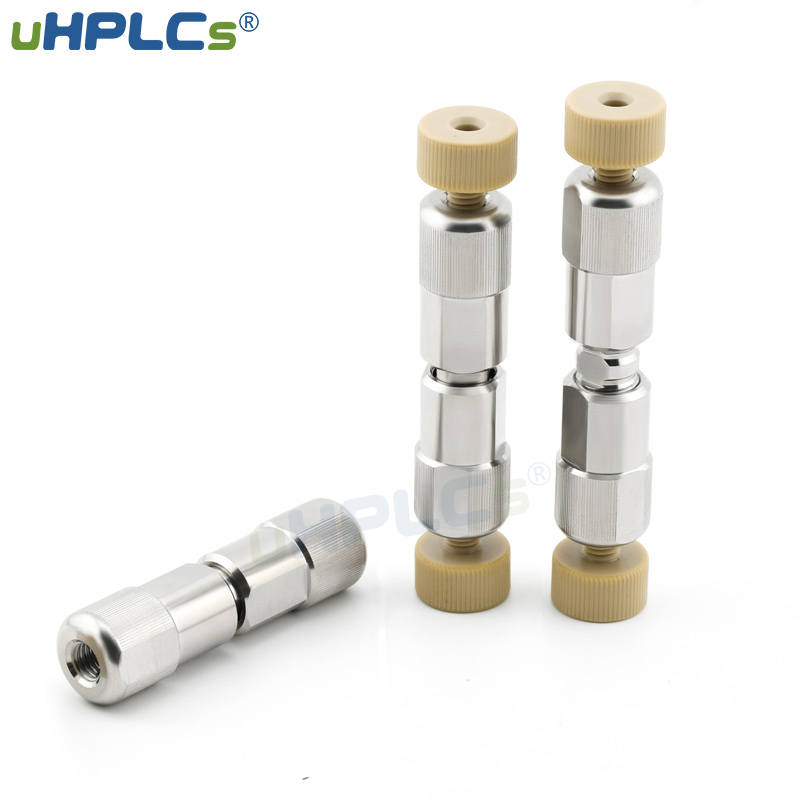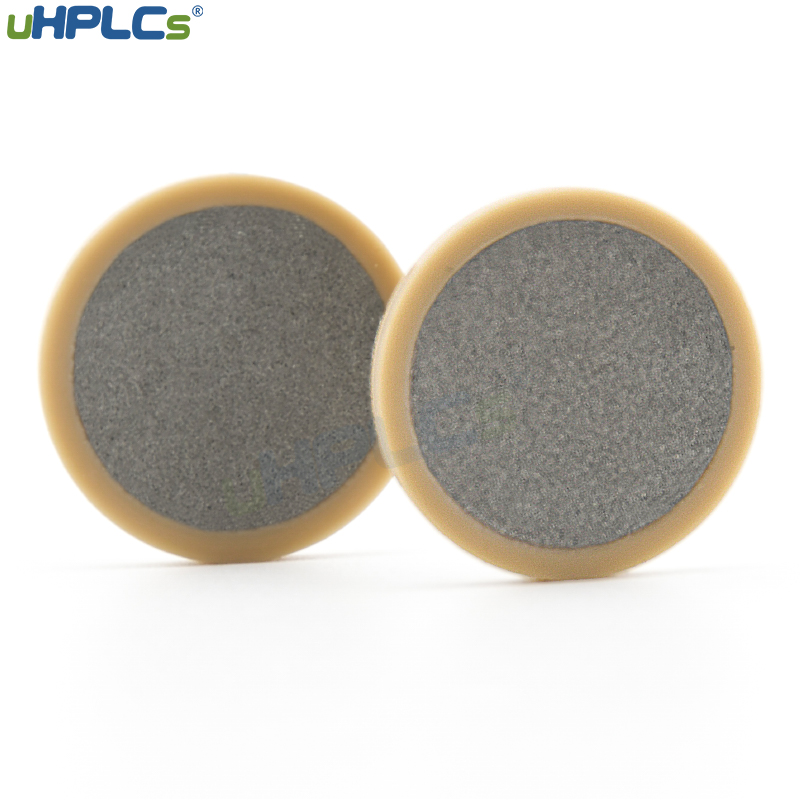The HPLC column is an important component of liquid chromatography because it is the column responsible for the separation of analytes from the matrix. Protecting and maintaining the column ensures not only reliable results but also trouble-free operation. We all know that HPLC columns have a limited life, but how do you ensure maximum life?
To answer this question, let’s first look at why a column might be blocked.
1. Samples introduced into HPLC columns are often varied and complex
The samples contained a number of ingredients that may not be compatible with HPLC method conditions. Injection of such samples without proper sample preparation/pretreatment may cause column clogging. Residual proteins and highly hydrophobic compounds (such as lipids) may also not be fully eluted during reverse phase separation, and they tend to adsorb slowly onto the column and cause problems.
2.Incompatible sample diluents and mobile phases
If the sample diluent is incompatible with the mobile phase, the sample may precipitate when introduced into the mobile phase. This usually occurs if the diluent is too polar or non-polar compared to the flow.
Mobile phase Buffers: Buffers are commonly used as mobile phases in HPLC. It is important to filter these buffer salts before use. Sometimes, due to laboratory temperature differences, some buffer components tend to precipitate. Using too high a concentration of buffer can also cause precipitation.
3. Particulate matter from the worn pump seals
Pump seals and fuel injector rotor seals are usually made of rubber material. Due to normal wear, these components tend to produce some debris in the solvent line. If the pump and injector are not regularly maintained, debris will often reach the sieve plate of the column and block the column.
4. Now we know what might be causing the blockage. How can we protect it?
To protect HPLC columns (analytical and preparative) from contamination, such as particulate matter in the sample, unfiltered mobile phase components, or debris from pump/rotor seals worn by the injector, the use of a chromatographic guard column is recommended.
5.What is the protection column?
The guard column is essentially a miniature column, ideally filled with the same packing as the analysis column, and connected in front of the analysis column. The screen plate in the guard column is similar to that in the analysis column. This means that anything that can block the analysis column will be blocked by the guard column. Contaminants can then be removed by simply replacing the chromatographic guard column, thereby protecting the life of the analytical column.
In order to understand the effect of guard column on column life, experiments were carried out. Continuous substrate injection on an unprotected column results in stable and irreversibly increased back pressure. Without the protection of the chromatography-biogenic liquid chromatography column, the back pressure increases exponentially. This increase in back pressure eventually leads to chromatographic degradation, including band broadening and possibly peak splitting. Therefore, method sensitivity, quantification and peak recognition may also be adversely affected.
The protective column was directly connected with the consumables of constant spectrum HPLC, which greatly extended the service life of the column. In this case, continuous sampling of the matrix still resulted in a pressure rise, but this was due to the particles being captured in the guard column itself, rather than in the UHPLC/HPLC column. As a result, the reverse pressure can be restored to the starting level and the effective column life can be greatly extended by regular replacement of the direct-link guard column.
What functions should I look for when buying protective columns?
The filling material of the guard column (stationary phase) should be the same as that of the analytical column so that there is no change in selectivity. The ID of the guard column should be the same or less than that of the analytical column to minimize increased band broadening. Always use the guard whose ID is closest to the column ID. The length of the guard column should be as short as possible to avoid additional dead volume.
Post time: Jul-05-2022








